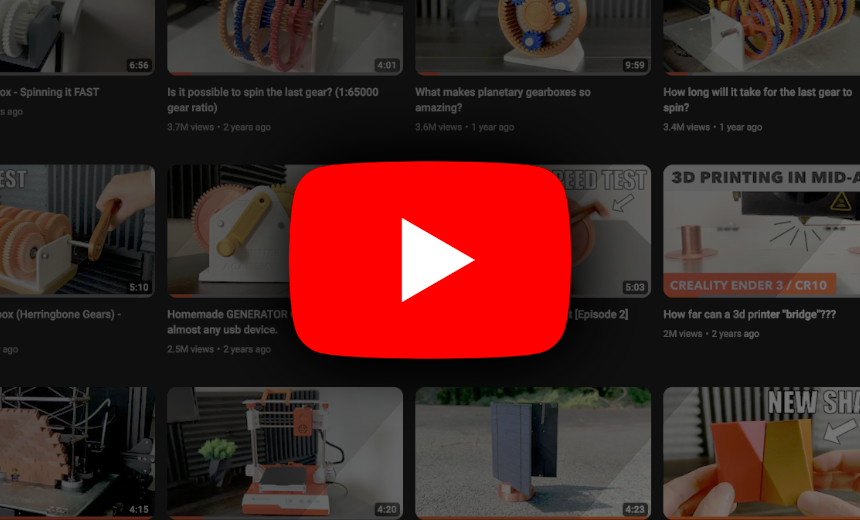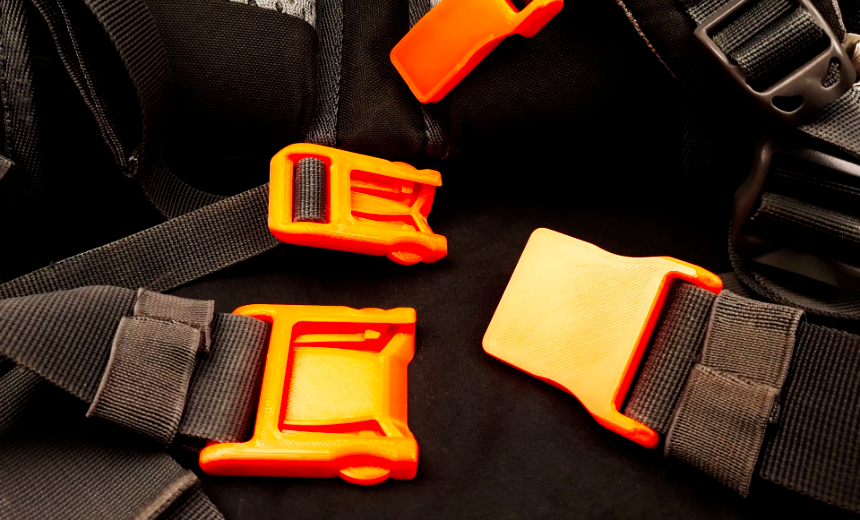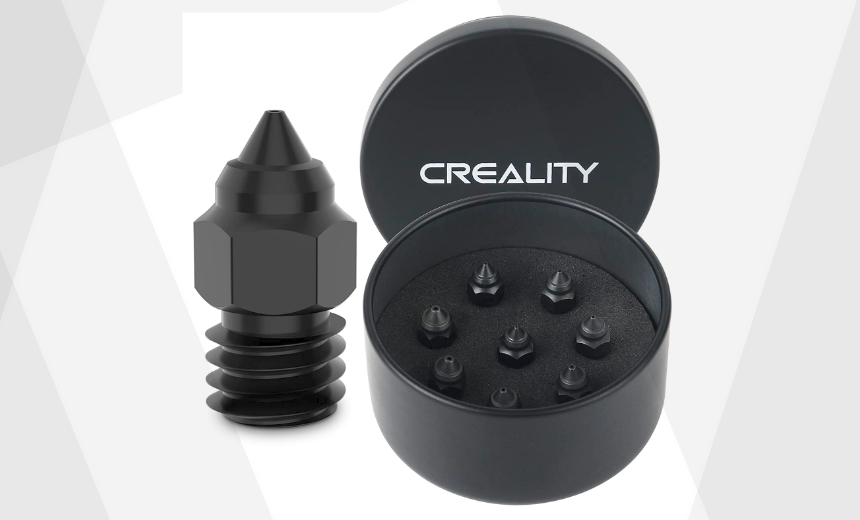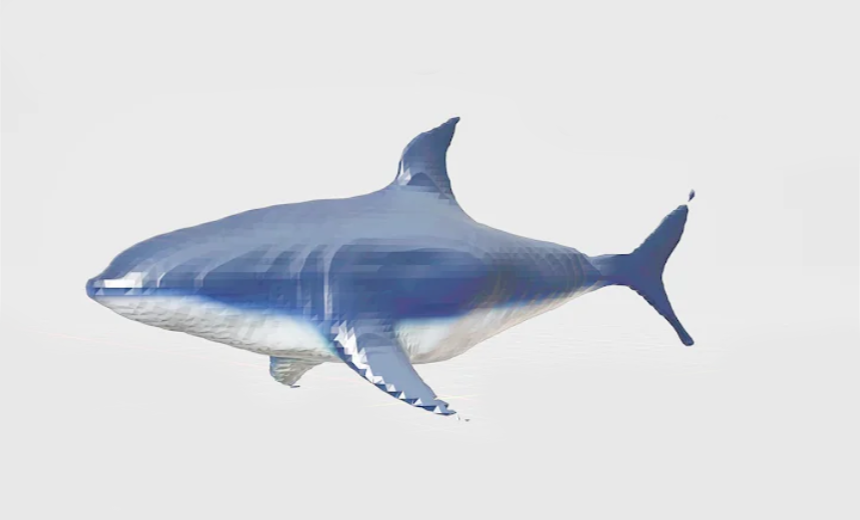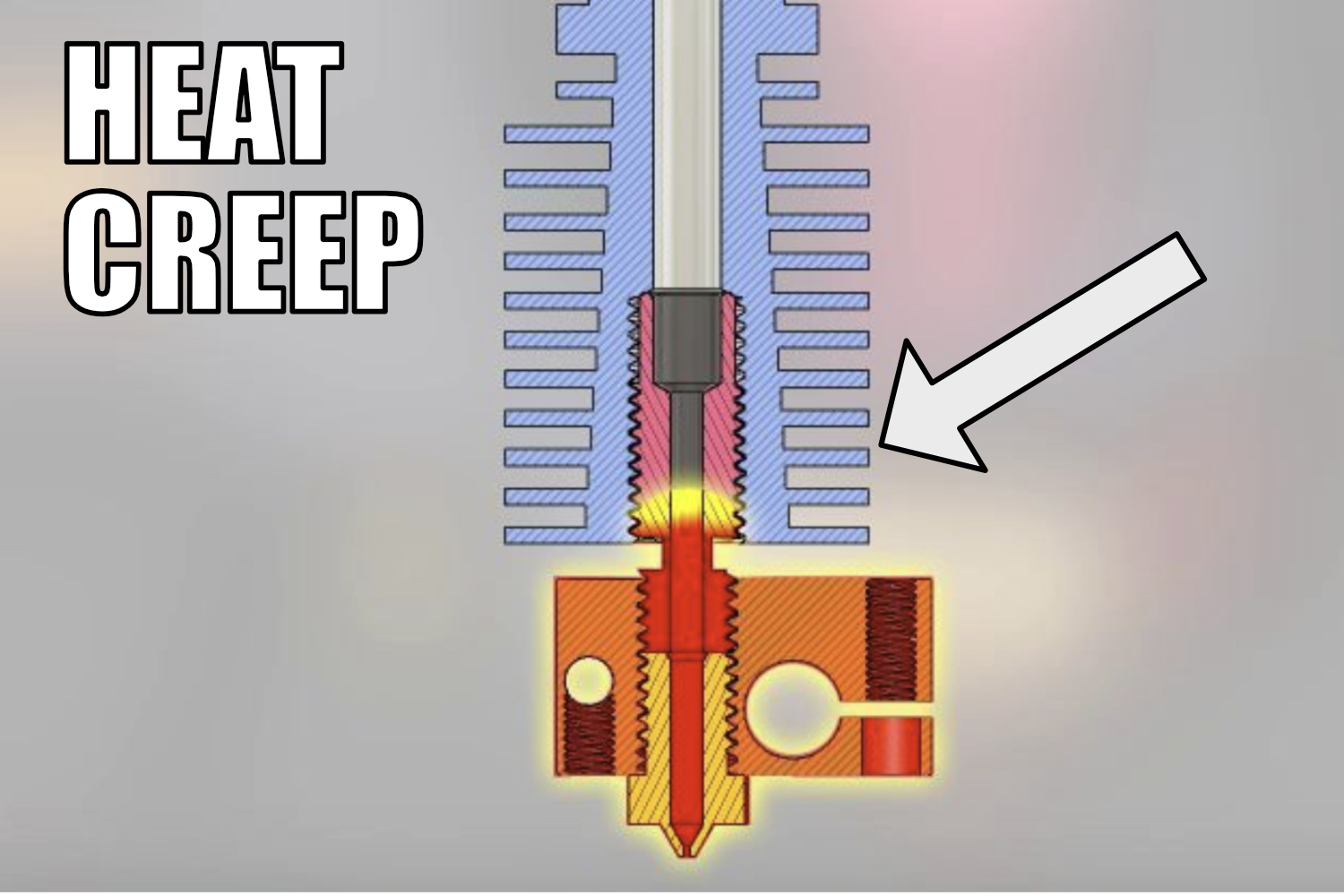While there are many advantages of 3D printing, there are also many limitations. The main limitations of 3D printing are: 3D printing speed, 3D print part strength, dimensional accuracy, detail, and difficulty scaling production volumes.
1. 3D Printing Speed:
At the current stage of 3D printing technology, production times are still considerably longer than other manufacturing methods, such as injection molding. Very small parts can be produced in around 20 minutes compared to just seconds with injection molding. Larger objects can take anywhere from 10-40 hours to 3D print. The average print time for a ‘regular sized’ object is around 2-10 hours.
2. Part Strength
3D printed parts are produced line-by-line and layer-by-layer. This means the material is not continuous or “homogeneous” at a molecular level:

This makes 3D printed parts weaker and less durable as compared to injection molded parts. 3D printed parts are notoriously weak along layer lines. This is because the layers are fused together, rather than a continuous flow of plastic or other material.
3. Accuracy and Tolerances
FDM 3D printing isn’t nearly as precise as other manufacturing methods. Tolerances can easily be off by 0.5mm or more and it’s easy to print something that isn’t perfectly square. Calibrating and fine tuning your machine (or using a more advanced machine) may get you closer to dimensionally accurate, but there are physical limitations that make it difficult for FDM 3D printers to be extremely precise.
4. Detail
FDM 3D printed parts have layer lines and it can be difficult to print very small, detailed features. Resin 3D printers do a much better job at printing small, intricate details.
5. Material properties
Most people with FDM 3D printers choose to print with PLA. This is a relatively soft plastic with a very low melting point and glass transition stage (temperature when the material is rubbery & not quite melted). This makes it one of the easiest materials to print with. It also means that FDM 3D printed parts are often not the best option for the outdoors in direct sunlight or high temperatures. 3D printing with PETG or ABS can be a better solution for printing parts for the outdoors because their glass transition temperatures (when it can start to deform) are much higher:
- PETG: 80°C or 176°F
- PLA: 55°C or 131°F
6. Large Volume Manufacturing
3D printing is not well suited for large scale / high volume manufacturing and is considerably more costly compared to other manufacturing methods, such as injection molding.

This graph shows the cost it would take to produce a certain part using either 3D printing (orange) or injection molding (blue). The per part cost of 3D printing is nearly linear whereas the per part cost of injection mold decreases dramatically with high volume production.


